Shell Zone Antifreeze and Engine Coolant Concentrate – 1 Gallon
Shellzone Antifreeze is a advanced excellent, unmarried section, ethylene glycol based totally antifreeze. It is a low silicate, all-cause coolant designed to be used in each automobile and heavy responsibility engines (with the usage of SCA’s).
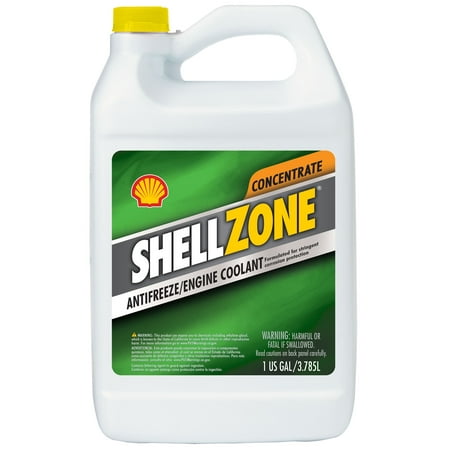

p.p1 margin: zero.0px zero.0px 0.0px zero.0px; font: eleven.0px Calibri; color: #000000 Universal formula for each automobile and heavy responsibility diesel engines (ASTM D 3306 and ASTM D 4985)Excellent warmness transfer propertiesSuperior corrosion safety for aluminum, brass, copper, solder, steel and solid ironLow silicate formulationConcentrate mixes readily with easy tap waterPre-diluted product is ready to use and requires no blending for top-up and initial fillCompatible with cooling device filtersCompatible with heavy duty diesel supplemental coolant additivesCompatible with conventional manufacturers of coolant100% biodegradable in its natural unused shape

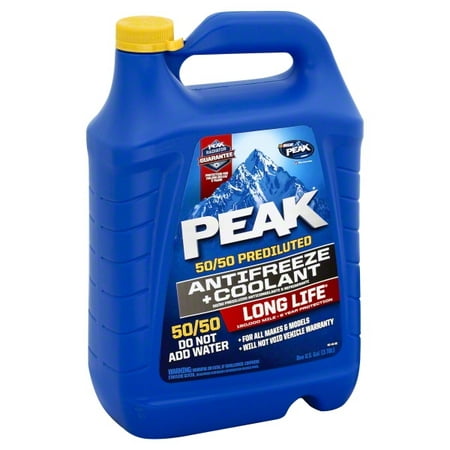
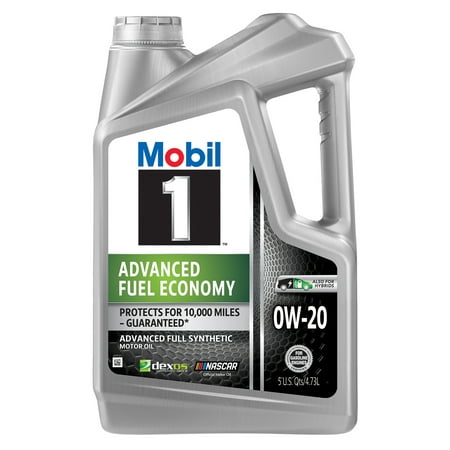
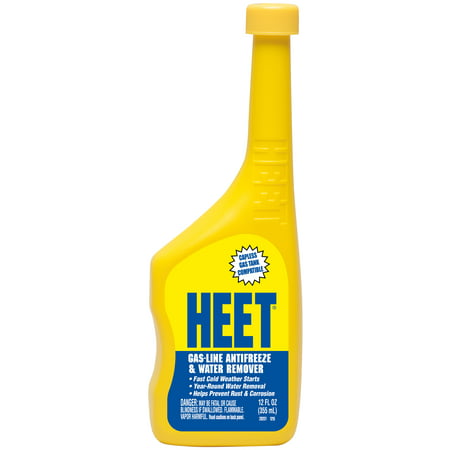
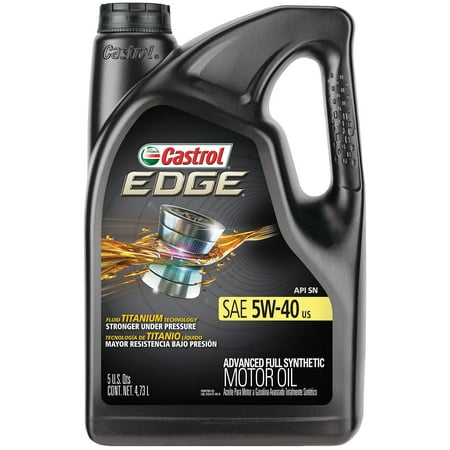
Reviews
There are no reviews yet.